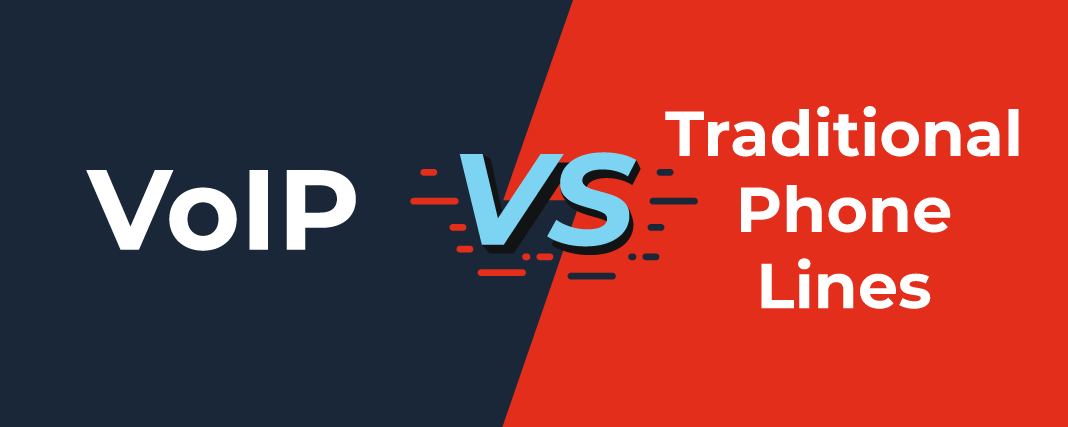
Traditional phone lines, often referred to as Plain Old Telephone Service (POTS), have been the backbone of voice communication for over a century. These lines utilize copper wires to transmit analog voice signals across vast distances.
The technology is based on circuit switching, where a dedicated line is established between two points for the duration of a call. This method has proven reliable and offers a high quality of voice transmission, largely unaffected by external factors such as internet bandwidth or power outages.
The infrastructure for traditional phone lines is extensive, often requiring physical installation and maintenance of wires and other hardware. Despite its reliability, the technology faces limitations in scalability and flexibility. As businesses grow and require more sophisticated communication solutions, the physical nature of traditional phone lines can become a constraint but mation.com could hold the solution you are looking for.
Table of Contents
The Rise of VoIP Gateways
VoIP gateways mark a significant shift from traditional telephony, allowing voice communications to be carried over the internet. This technology converts analog voice signals into digital packets, which are then transmitted over IP-based networks. The flexibility of VoIP is one of its most striking features, as it can be integrated with various digital services, including email, instant messaging, and video conferencing.
VoIP gateways do not require the same physical infrastructure as traditional lines, which can lead to cost savings and easier scalability for businesses. They are particularly advantageous for organizations with a global presence, as they can significantly reduce the costs associated with international calls.
Quality and Reliability: A Comparative Analysis
When assessing the quality and reliability of VoIP gateways and traditional phone lines, several factors come into play. Traditional phone lines offer superior call quality and reliability under stable conditions. The dedicated circuit for each call ensures that the quality remains consistent, unaffected by network congestion.
On the other hand, VoIP quality is heavily dependent on internet connectivity. Issues such as packet loss, jitter, and latency can affect call quality. However, advancements in internet technology and VoIP systems have greatly improved reliability and quality over the years. High-speed internet connections and sophisticated VoIP equipment can now deliver voice quality that rivals traditional phone lines.
Cost Implications and Maintenance

Source: revesoft.com
Cost is a significant factor when comparing VoIP gateways to traditional phone lines. The initial setup for traditional phone lines can be higher due to the need for physical infrastructure. Plus, ongoing expenses such as maintenance and international call charges can further increase costs.
VoIP gateways, however, often present a more cost-effective solution.
The use of existing internet infrastructure can reduce initial setup costs, and ongoing expenses are typically lower, as VoIP services usually offer flat rates and bundled communication packages. Maintenance of VoIP systems is also less labor-intensive since most updates and troubleshooting can be handled remotely.
Flexibility and Scalability
Flexibility and scalability are where VoIP truly shines. Unlike traditional phone lines, VoIP systems can be easily scaled up or down based on the needs of a business. Adding or removing lines is as simple as adjusting a software setting, which can be particularly beneficial for businesses experiencing rapid growth or seasonal fluctuations.
VoIP also offers greater flexibility in terms of features and integration. Features such as call forwarding, voicemail to email, and video conferencing can be integrated into VoIP systems, providing a unified communication platform that extends beyond voice calls.








